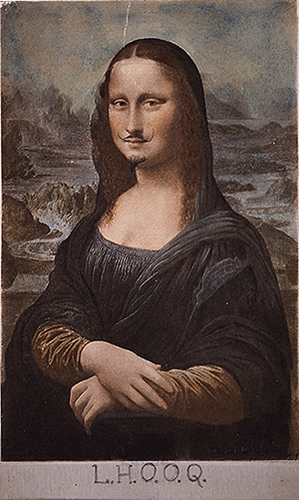"The
studio is the inverse microcosm: cut off from the rest of the palace,
without windows, without space to speak of, here space is perpetrated
by simulacrum…
It is the blind spot of the palace, this place isolated from
architecture and public life, which in a certain way governs the
whole – not according to any direct determination but via a sort of
metaphysical inversion, a kind of internal transgression, a reversal
of the rule operated in secret as in primitive rituals, as it were a
hole in reality, a simulacrum hidden at the heart of reality and
which reality depends on for its entire operation." i
My
studio is more than a workshop. It
is my camera
meraviglia - a room
of wonders. Forbidden, almost: private, normally. Because studios are usually hidden affairs, like a secret romance between an artist and
their practice. Open only to invited visitors, and once a year, to
the rest of the world - the
small world of curious visitors that, lured by the voyeurism that
'Open Studios' seems to promise, care to make the trek to this motley
collection of re-purposed farm buildings on the fringe of the oldest
recorded town in England.
So
come September I
sweep the floor, tidy the shelves and benches, put low prices on work
that will never sell at any price, make tea and cake and a happy
face. All day a slow stream of students interrogate me about my
techniques, ladies who paint bore me with theirs, and the idly
curious children and partners of fellow artists poke through my
drawers of bones and scrap. “It's an Aladdin’s cave in here!”
some enthuse, or, more often, “It's a real curiosity cabinet!”.
Every year the same. They like my collections: of bottles, tools,
rusty saws in rows on the wall. Of bones – particularly the drawer
labelled 'badger'. Of broken toys, computer parts, jars of brushes,
trays of insects and beads and shells and stamps and shards... oh,
and they like the box of boxes.
The
work, not so much. This fact epitomised
last year by the
disbelieving eight-year-old face of the son of a fellow tenant and
book restorer. The drawer of bones and bird's wings he could
appreciate: the notion of making them into a box, a hat, a mask - any
constructed object that I would then pass off as art:
incomprehensible. I see his sceptical face peering at Loretta,
a taxidermied rat dressed in a tiny
frock and tiara. He
patently wonders what the hell I think I'm doing: it's written all
over his charmingly tactless little face.
I
wonder what the hell I think I'm doing, in my studio, in my cabinet, when unobserved during the quiet solitary watches of the remainder of
the year.
Nevertheless,
it is an interesting and usually welcome process
- to sort, clean,
tidy and organise:
to ease open the damp-swollen doors: to pause the practice and engage
the social show-and-tell. Swap
tips and interests, ideas and opportunities, catch up with old friends, share my
treasures with curious strangers.
But such
a guilty relief, every year, to close the doors at the end of the weekend: and begin the process of unmaking and making again.
Open Studios at Cuckoo Farm: 13th/14th September 2014, 11am - 6pm
i Baudrillard
1998: 60-62
i Baudrillard
1998: 60-62






































